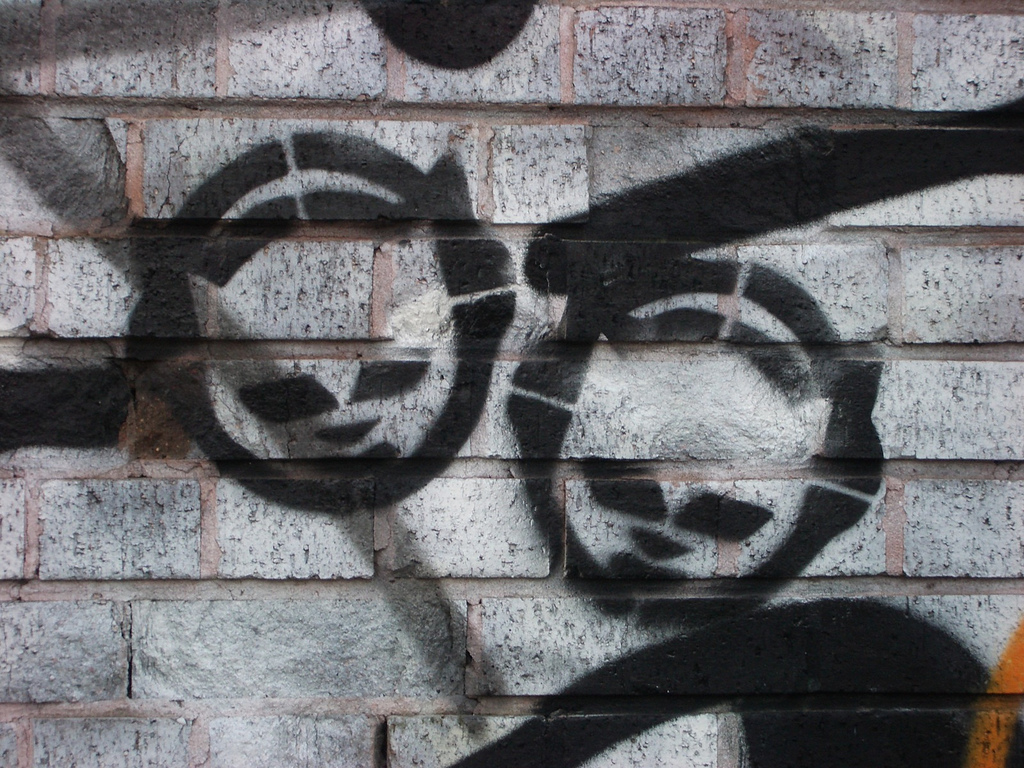On How Blockchains Could Solve Scarcity in Digital Art
How to handle the idea of original art in the digital world has been a conundrum.
‘Information wants to be free’ is the rallying cry of the digerati which usually means it is easily and un-traceably copyable. Sean Parker (Napster) and Kim Dotcom (Mega Upload and Pirate Bay) have proved that in the creative art world the original artist is rarely the receiver of any value from this duplication, but the organiser / distributor of copyright crime usually gets rich.
Whichever side of the debate you sit on, there is one accepted truth. A data-based asset like an MP3 track or video is ultimately copyable and therefore any digital asset will always be worth less because it is liable to be replicated at zero marginal cost. This affects artistic value directly and restricts delivery options. Consequently digital artists sell their video works on DVDs or memory sticks, breaking the digital continuum and devaluing their asset because of the perception of the transport mechanism.
More recently artists have gone to amazing lengths to preserve access. The Wu-Tang Clan’s Once Upon A Time In Shaolin is a secret album, (which they strictly control access) allowing one person at a time to listen under high security in a vault.
But there is good news for artists. What technology has taken away it is about to give back.
If you are reading this post in 2015, Blockchains and the underlying software of cryptocurrencies may be unfamiliar. However, they are beginning to form the basis of what is likely prove to be a game-changing technology that will provide almost free, totally trustworthy transactions and contracts for copyright owners.
I wont explain the technology in this post (it was originally designed to support the Bitcoin online currency) but there are good descriptions here (worth watching if your have some tech interest) and here (if you have little). Suffice it to say the technology is (virtually) free, ubiquitous and is not centrally controlled by any state, institution or single person. Sounds like the perfect tech for any self-respecting artist!
What blockchain technology will enable artists to do is freely distribute their digital assets (and not worry about it being copied) but enable a ‘smart contract’ on the blockchain that will enable only those that have paid or are otherwise approved to view / use / interact with the work.
It will also give artists the freedom to experiment – for example an artist may give away a video piece and yet restrict its viewing to one person at any one time anywhere in the world. They may cascade access in new and interesting ways. Or single plays may be free, but multiple plays charged for – anything is possible.
Scarcity as a concept can now be played with by artists both artistically and commercially in the online world, in a way that has not been previously possible.
Great artists open up new kinds of space, and to paraphrase a great abstract thinker, Frank Stella, this is a new kind of working space.
Go play.
Photo credits:
Napster on a wall – Techcrunch and bixentro (Flickr)


